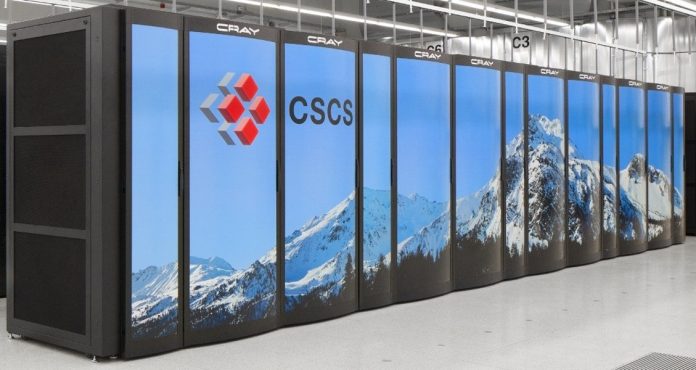Coinciding with the kickoff of the ISC High Performance conference in Frankfurt Germany, the Top500 has released the rankings of the worlds most powerful supercomputers. The Top500 is published twice a year and lists the fastest supercomputers based on the Linpack benchmark. This is only the second time the US has dropped out of the top 3 since the list started in 1993.
The Linpack benchmark calculates how fast a computer system can solve linear equations. Each of the top 10 systems on the list are reporting a benchmark in the petaflops range.
A flops is the type of instructions used during the test. Flops is an abbreviation for floating point operations per second. Peta is the number of operations completed. A peta is 10^15 or 10 000 000 000 000 000.
| Name | Abbr. | FLOPS |
|---|---|---|
| kiloFLOPS | kFLOPS | 103 |
| megaFLOPS | MFLOPS | 106 |
| gigaFLOPS | GFLOPS | 109 |
| teraFLOPS | TFLOPS | 1012 |
| petaFLOPS | PFLOPS | 1015 |
| exaFLOPS | EFLOPS | 1018 |
| zettaFLOPS | ZFLOPS | 1021 |
| yottaFLOPS | YFLOPS | 1024 |
The List
The top spot on the Top500 belongs to Sunway TaihuLight. This system was developed by China’s National Research Center of Parallel Computer Engineering & Technology (NRCPC) and has a Linpack performance of 93 petaflops.
Following the Sunway TaihuLight is the Tianhe-2. Currently, this system is installed at the National Supercomputer Center in Guangzho, China and was developed by China’s National University of Defense Technology (NUDT). The Tianhe-2 has a Linpack score of 33.9 petaflops.
Moving up 5 positions to bump the US down to fourth is the Piz Daint. This Cray XC50 system was developed by the Swiss National Supercomputing Centre. A recent upgrade doubled the systems performance to the score of 19.6 petaflops.
The Titan, a Cray XK7 installed at the US Department of Energy’s (DOE) Oak Ridge National Laboratory, now occupies the fourth slot and has a Linpack score of 17.6 petaflops.
While the US was bumped out of the top 3, half of the top 10 systems belong to the US. From the Top500 announcement, here are the remaining systems rounding out the top 10:
- Sequoia (17.2 petaflops), an IBM BlueGene/Q system installed at the DOE’s Lawrence Livermore National Laboratory, at number five;
- Cori (14.0 petaflops), a Cray XC40 system housed at the National Energy Research Scientific Computing Center (NERSC), at number six;
- Oakforest-PACS (13.6 petaflops), a Fujitsu PRIMERGY system running at Japan’s Joint Center for Advanced High Performance Computing, at number seven;
- Fujitsu’s K computer (10.5 petaflops), installed at the RIKEN Advanced Institute for Computational Science (AICS), at number eight;
- Mira (8,6 petaflops), an IBM BlueGene/Q system installed at DOE’s Argonne National Laboratory, at number nine; and
- Trinity (8.1 petaflops), a Cray XC40 system running at Los Alamos National Laboratory, at number ten.











